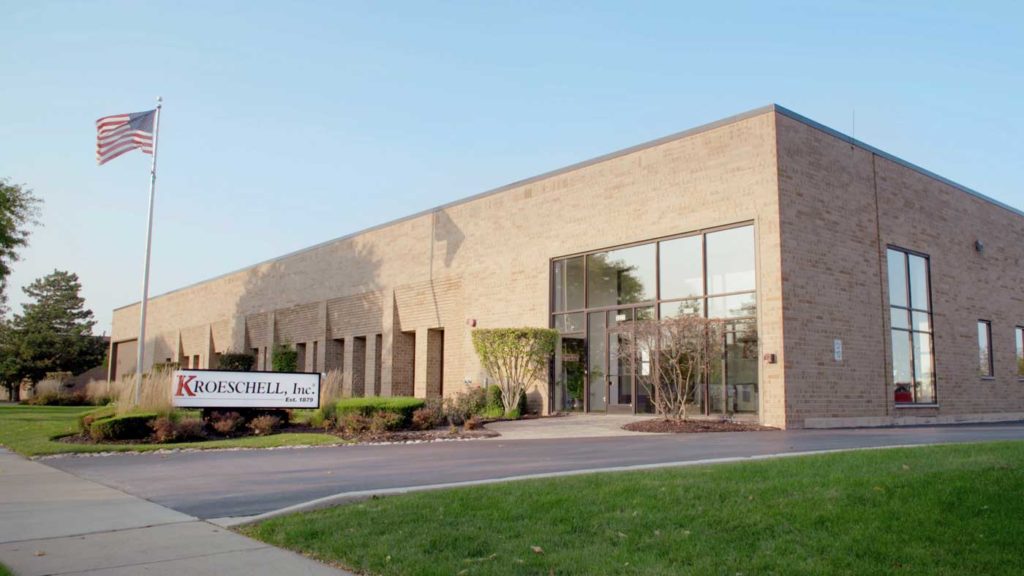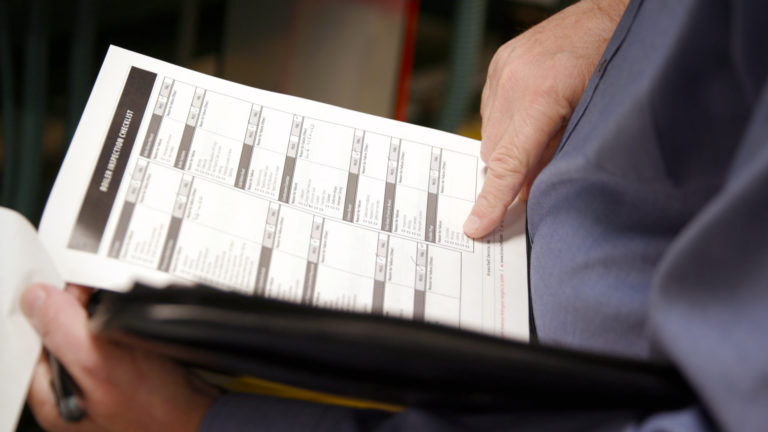In today’s modern world, everyone expects commercial buildings to be perfectly climate-controlled, clean, and in good repair. It is simply taken for granted that the myriad of systems, equipment, and other building details are properly handled, which puts a great deal of pressure on facility managers to stay on top of maintenance and repair.
Emergency and reactive maintenance requests can result in stressful and costly repairs. Facility managers should establish a preventive maintenance plan that will ensure key systems remain up and running as much as possible and catch minor problems before they become major ones.
Commercial Building Maintenance
The most important aspects of commercial building maintenance revolve around safety, comfort, and appearance.
- Safety and Security. Building systems that ensure the safety of occupants should rise to the top of the priority list. Facility managers must inspect fire alarm systems, fire extinguishers, lighting systems, and security systems on a regular basis.
- HVAC. Depending on the size and age of the building, its heating, ventilation, and air conditioning system may require a great deal of attention. Routine maintenance such as air filter changes, lubrication, and inspection must be performed regularly. Managing indoor air quality should also be considered.
- Critical Assets. The scope of maintenance activities may include equipment and systems specific to the function of the building. For example, a shopping mall, school, or medical complex will each have unique preventive maintenance needs.
- Aesthetics. Finally, the overall appearance of a building must be maintained. Landscaping, parking, and other outdoor campus areas must be cared for, as well as common areas such as lounges, waiting spaces, and restrooms. Be sure your preventative maintenance plan takes those areas into account.
Spring Building Maintenance
Spring is a great time to perform routine maintenance throughout your commercial campus. Here is a brief preventive maintenance checklist:
- Landscape and Exterior. Before customers ever enter your commercial building, they will form an impression by looking at the exterior areas of your campus. Spring is a great time to clean up landscaping, prepare flower beds or other surrounding areas, and inspect parking lots and walkways for damage or debris as part of property maintenance.
- HVAC System. As the cold weather winds down, spring is the perfect time to change air filters, inspect all components of your system, make necessary repairs, and perform routine maintenance on your air conditioning system before the weather warms up.
- Deep Cleaning. Although most areas in your commercial building will need to be cleaned daily, weekly or monthly, spring is a good time to perform any deep cleaning tasks throughout your facility.
Summer Building Maintenance
Depending on what businesses operate in your commercial building, summer may be a great season to tackle bigger projects on your commercial building maintenance checklist. For example, if you house office space, the number of people occupying the building during the summer may drop as employees take vacation time.
If you have any major repairs to the structure of your building, exterior walls, flooring, windows, or other remodeling projects, this can be the ideal season to schedule those expensive repairs.

Fall Building Maintenance
If your commercial building is located in an area with colder winters, autumn is the perfect season to prepare your building for inclement weather. Be sure to prioritize checking your HVAC system once again, this time focusing on the performance of your furnace or boilers to be sure they are ready to keep your facility warm and comfortable. This may be a good time to examine your air quality system, including filters and air purification systems.
Be sure to have all the supplies you need for winter including de-icing agents for parking lots and walkways.
Winter Building Maintenance
Winter can be a good time to perform some annual inspections of building systems such as plumbing, electrical systems, and networking. Although things like fire safety equipment should be checked throughout the year, you may want to do a more thorough inspection and testing of fire, security, and other systems as well.
Year-Round Building Maintenance
Facility managers may want to employ technology solutions to help manage and track preventive and reactive maintenance tasks. Certain inspections, cleaning, and lubrication should be performed monthly, weekly, or even daily. You can use technology to generate appropriate work orders for your technicians to ensure no items on your preventive maintenance checklist are accidentally missed. Such an investment will pay off in the long run.
Industrial Building Maintenance Checklist
Every facility will require a unique facility maintenance checklist, specific to the systems and function of the building itself. However, a manufacturing facility, industrial building, or distributor may have specialized maintenance needs. Here are some general and specific items for facility managers to include in their preventative maintenance checklist:
- Inspect smoke alarms, fire extinguishers, and sprinkler systems twice per year to make sure they are in good condition
- Examine major building systems including electrical systems, electrical components, plumbing system, and lighting systems annually to make sure they are in good working condition
- Conduct regular inspections of the structural integrity of the building
- Inspect the roof condition annually as part of your facility maintenance checklist
- Scan floors, stairways, restrooms and common areas of the property for wear and damage as part of your regular maintenance
- Clean, inspect and maintain HVAC systems
- Inspect property network, cabling and WiFi connections to ensure they are in good condition
- Scan external campus for hazards, appearance and cleanliness as part of your preventive maintenance program
- Prioritize critical assets or production lines for maintenance attention
- Follow manufacturers’ recommended maintenance schedules for specialized equipment to ensure they are in good working condition
- Analyze maintenance records and perform root cause analysis as necessary
- Implement predictive maintenance tools such as sensors to avoid large failures
Kroeschell Building Maintenance
For more than 100 years, Kroeschell has delivered superior facilities management services for small and large businesses alike. We’ve worked with building owners and facility managers of industrial plants, restaurants, stores, offices, universities, and residences around the United States, helping them keep their buildings safe, secure, comfortable, and operating at optimal levels to support their organization’s mission.
Follow us on LinkedIn for more tips.


